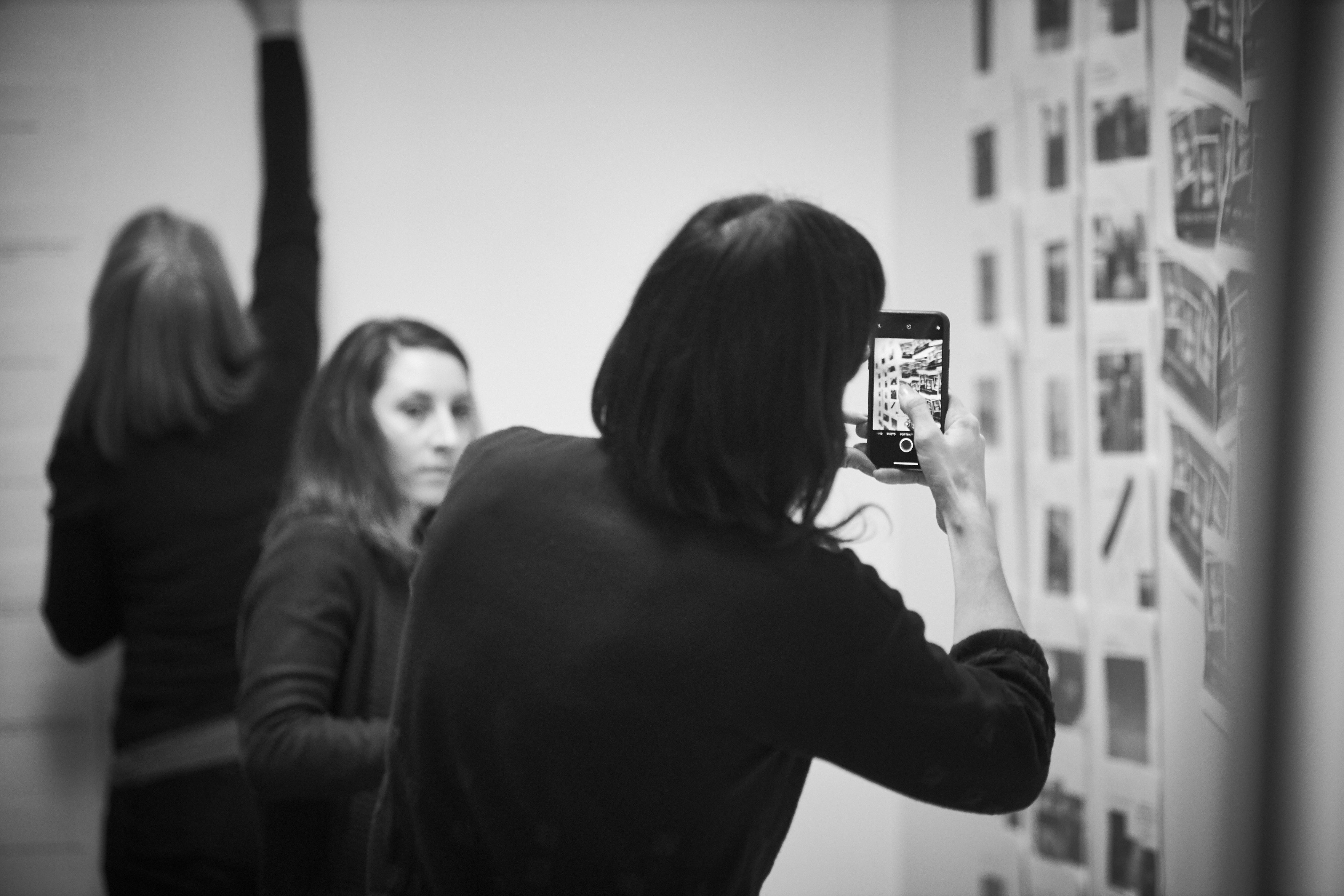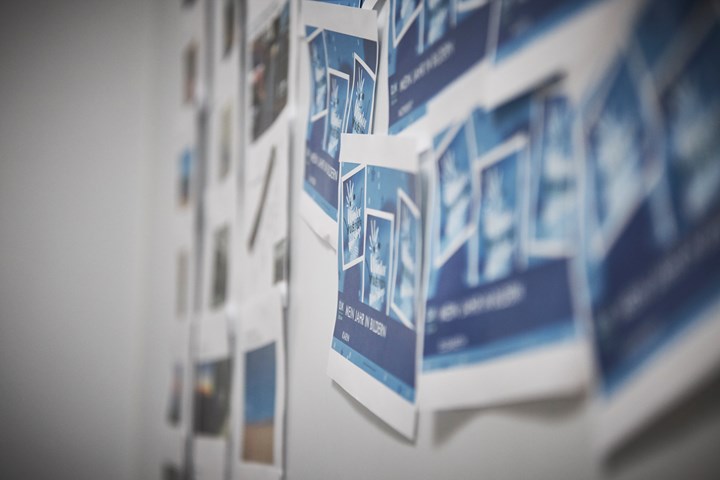
AGILE CHANGE JOURNEY
How to develop a change process in an agile way and introduce agile mindset and new ways of working while transforming the organization?
THE CHALLENGE
Two global companies merge and want to bring together all internal support departments. The CIO wants not only to integrate the two departments but also to introduce an agile mindset and new ways of working into the IT department throughout the process. As the employees are unsure about the future of their jobs they are reluctant to change and even more reluctant to start thinking agile. How to overcome these barriers and become an agile IT service provider for a global organisation?
OUR APPROACH
Our aim was to develop a change process in an agile way by a very short “plan-do-check-act” cycle and by spreading the word in new ways.
In close cooperation with the CIO and his top management team we started to generate a picture of the future of the new IT organisation. This picture answered the following and even more questions:
- How will we work together?
- How will we handle issues?
- How will the internal customers address us?
- What will be our faces to the internal customers?
- How will we measure our success?
- How will we bring innovation to the business?
- How should we be organised to support the business best?
- From this picture onward we developed a two lane approach: Top-Level and Core-Level
TOP-LEVEL
With the top-level group, we developed an agile change architecture in accordance with our change work package guidelines. This architecture consisted of several streams. Each stream was supported by one leader from the top-level team. All streams then started to establish a change management product backlog for the overall project. In these backlogs, a prioritized list of user stories (with the focus of HR, R&D, …) from the perspective of the future was described. The streams then selected the top user stories for their 4 weekly sprints and started to work without further interference. After 4 weeks the streams presented their results, received feedback from the top-level team and received new prioritized user stories for their next sprint.

CORE-LEVEL
As we start step into the future with the top level activities, we need to work on the agile mindset with the employees as well. The core-level group consisted of highly connected employees (not managers) that received a special agile change training at the beginning. Further on we created “agile change teams” in the organization where employees could volunteer to participate. Due to the global spread of the organization some teams were virtual only. These agile change teams received monthly tasks from the core-level group. The tasks focused on bringing people together, showing the new way of working, spreading the picture of the future and establish followers. The core-level group established monthly surveys to measure the success of the initiatives and set up new challenges to the agile change teams adapting to the results of the surveys. All results and all initiatives were visible in an agile change board for everyone to view all the time.
THE RESULT
As the ownership of the change moved to employees from different hierarchy levels, the motivation for change and for new ways of working started to grow. The employees still did not know the exact future of their job, but seeing the initiatives, sensing the change in attitude on the top-level and being able to address needs and concerns proved to help them overcome their issues.
As the journey continued, the top-level team decided to stick to the agile routine of spreading the work and prioritizing the stories continuously.
One of the most difficult tasks was to fulfil the expectations from the overall organization in regards of controlling and budgeting needs. On the seam of the two different organizational mindsets a flexible and responsive structure proved to be helpful.

